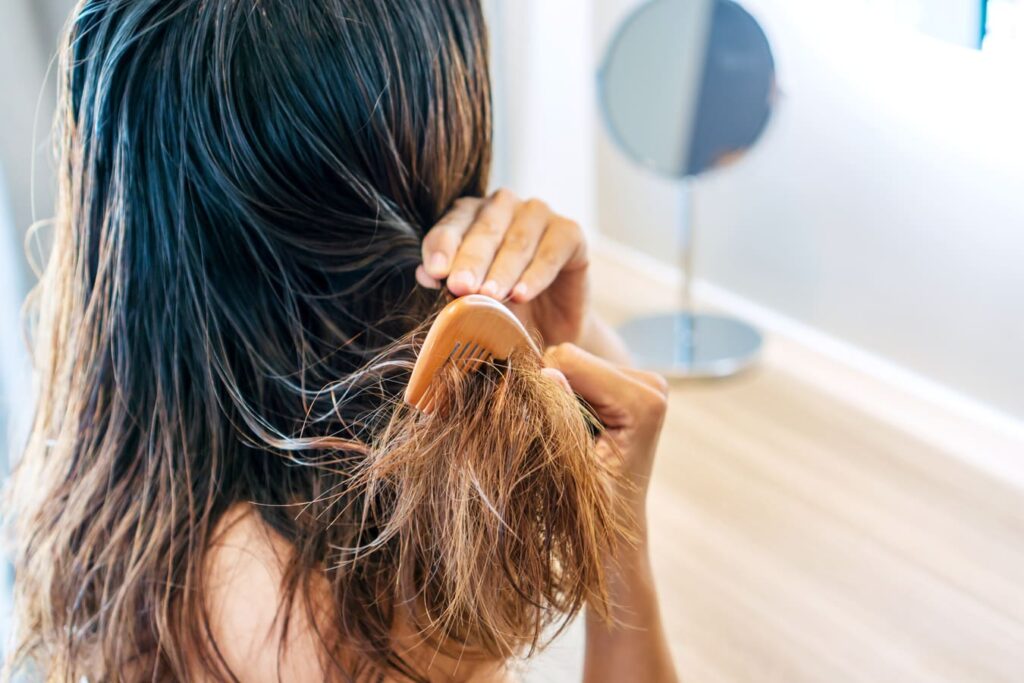A dripping shower head is more than just an annoyance – it’s a waste of water and can lead to higher utility bills. Thankfully, most leaky shower heads can be easily fixed with a few simple steps.
Why Do Shower Heads Leak?
Here are some common causes:
- Sediment Buildup: Over time, mineral deposits (limescale) can build up around the shower head's connections, creating a loose fit and causing leaks.
- Worn-Out Washer or O-ring: These small rubber components wear down with use and can no longer create a tight seal between the shower head and the shower arm.
- Damaged Threads: If the threads on either the shower head or the shower arm are damaged, the shower head may not screw on securely.
- Incorrect Installation: Sometimes, shower heads aren't tightened properly during installation, leading to leaks.
How to Fix a Leaky Shower Head
-
Gather Your Supplies:
- Adjustable wrench
- Pipe thread sealant (plumber's tape)
- Replacement washer or o-ring (if needed)
- Cleaning supplies (white vinegar, toothbrush)
- Rags
-
Turn Off the Water Supply:
- Locate the shut-off valve for your shower. This is usually located behind an access panel in the wall near your shower.
- Turn the valve clockwise to close it off.
- Run the shower to ensure all water has drained.
-
Remove the Shower Head:
- Use the adjustable wrench to firmly grip the shower head while you turn it counter-clockwise to unscrew it from the shower arm.
- Note: If the shower head is very tight, you can wrap the wrench with a cloth or use a pair of channel locks for added grip. Avoid excessive force to prevent damaging the shower arm.
-
Inspect and Clean:
- Examine the threads on both the shower head and the shower arm. Are there any signs of damage or debris? If so, you might need to carefully clean them with a wire brush.
- If you see a washer or o-ring on the shower head or shower arm, inspect it for wear and tear. Replace it if it looks damaged.
-
Clean the Shower Head (Optional):
- If the shower head has low water flow or is clogged, soak it in a bag of white vinegar for a few hours. Then, use a toothbrush to scrub away any mineral deposits.
-
Reassemble and Reattach:
- If you replaced the washer or o-ring, ensure it's properly installed in the correct position.
- Wrap two or three turns of plumber's tape around the threads of the shower arm in a clockwise direction (when looking up).
- Screw the shower head back onto the shower arm by turning it clockwise. Hand-tighten first, then use the wrench to secure it firmly, but avoid overtightening.
-
Turn on the Water Supply:
- Slowly turn the shut-off valve counter-clockwise to open the water supply.
- Check for any leaks around the connection.
Additional Tips:
- If the leak persists, you might need to replace the shower arm or consult a plumber.
- If you frequently encounter issues with leaky shower heads, consider investing in a higher-quality, more durable model.
By following these steps, you can often fix a leaky shower head on your own and save money on plumbing repairs. Remember to always prioritize safety and to call a plumber if you're unsure about any part of the repair process.



